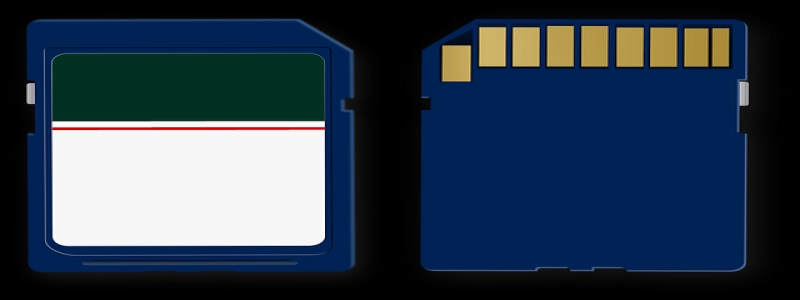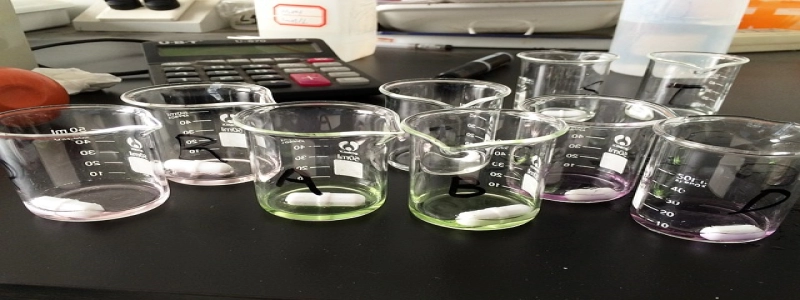Fiber Optic Patch Cables
Introduction:
In today’s digital age, the demand for faster and more reliable internet connections is on the rise. Fiber optic patch cables have become an essential component in the transmission of data and information across vast distances. This article will delve into the world of fiber optic patch cables, exploring their various types and applications in detail.
I. What are Fiber Optic Patch Cables?
A. Definition: Fiber optic patch cables, also known as fiber optic jumper cables or fiber optic patch cords, are flexible cables made up of thin strands of glass or plastic fibers.
B. Structure: They consist of three main parts – the core, cladding, and coating, which work together to transmit light signals.
II. Types of Fiber Optic Patch Cables:
A. Single-mode Fiber Patch Cables:
1. Suitable for long-distance transmissions.
2. Utilize a smaller core size (around 9 microns) to transmit a single mode of light signals.
3. Ideal for applications requiring high bandwidth and low signal loss.
B. Multimode Fiber Patch Cables:
1. Designed for short-distance transmissions.
2. Have a larger core size (typically 50 or 62.5 microns) capable of transmitting multiple modes of light signals simultaneously.
3. Widely used in LAN (Local Area Network) connections.
III. Applications of Fiber Optic Patch Cables:
A. Telecommunications:
1. Play a crucial role in connecting different network components, such as routers, switches, and servers.
2. Used in telephone exchanges to ensure reliable and fast data transmission.
3. Utilized in data centers for efficient data storage and communication.
B. Internet Service Providers (ISPs):
1. Fiber optic patch cables enable ISPs to offer high-speed internet connections to their customers.
2. Facilitate the transmission of large amounts of data, such as video streaming and online gaming.
C. Broadcast and Media:
1. Essential for transmitting audio and video signals over long distances.
2. Used in television studios, radio stations, and live event broadcasting.
D. Medical Field:
1. Fiber optic patch cables are used in endoscopy to relay images from the camera to the monitor.
2. Facilitate fast and accurate transmission in various medical equipment, such as laser devices and diagnostic tools.
IV. Benefits of Fiber Optic Patch Cables:
A. Improved Performance:
1. Fiber optic patch cables offer higher data transfer speeds compared to traditional copper cables.
2. Minimal signal loss ensures reliable and consistent data transmission.
3. Immune to electromagnetic interference, resulting in clearer signals.
B. Enhanced Security:
1. Fiber optic patch cables are difficult to tap, making them more secure than copper cables.
2. The absence of electrical currents in fiber optics prevents data hacking.
C. Long-Range Transmission:
1. Fiber optic patch cables can transmit signals over incredible distances without significant degradation.
2. Ideal for connecting geographically dispersed locations.
Conclusion:
Fiber optic patch cables are the backbone of modern communication networks, enabling us to enjoy faster internet connections, seamless data transfer, and improved multimedia experiences. Understanding their types, applications, and benefits is crucial in harnessing the full potential of fiber optic technology in our increasingly connected world.








